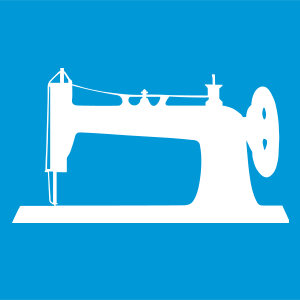
Pattern Sewing
Announcing our new feature for all those seamsters and seamstresses out there (new sewing pattern printing custom sizing). Tired of taping 8.5x11s together? We wanted to let you know about some of the new features and benefits of using Blueprints Printing for your sewing patterns. When purchasing patterns online, many sites now offer a “copy shop” version of the pattern, typically a large format print. This can save you so much time in your sewing, and there is something to be said for instant gratification. Taping together patterns can take time and energy away from your actual sewing project.
We have developed some new features for printing patterns. First is a new “Custom Size” option. You can now pick the custom sizing and print at any length, tell us exactly what you want, and even cut it to size if you want. Wedding dresses, full length gowns, and costumes can as much as 8 ft long! Using the new custom sizing options, you no longer have to wait for customer service to order patterns. Instead, the process is now seamless without having to speak to a representative. Just look at the size on the right, when you are ordering, and the system will tell you what size to pick for your print.
Second, we have also added print floors to our system, printing in Jacksonville, FL; Las Vegas, NV; and Waco, TX. This puts the print floor closer to you, which means with the same shipping you get the prints days earlier.
Third, we also created a tutorial to let you know how to print your patterns. Originally created for Patterns for Pirates, this tutorial walks you through how to upload your files, print, and ship! It makes printing sewing patterns easy for you to do, right from your desk, late at night when the owls are hooting in the trees… if that is your favorite time of day. We want the process to be painless, in whatever way we can make it. At only $0.16 per square foot per custom print, we can keep the costs in line with your budget.
We are always willing to help with any questions, so please don’t hesitate to call when ordering. 888.507.1002


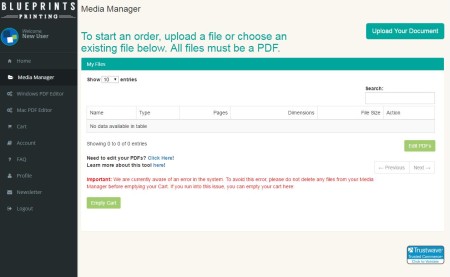
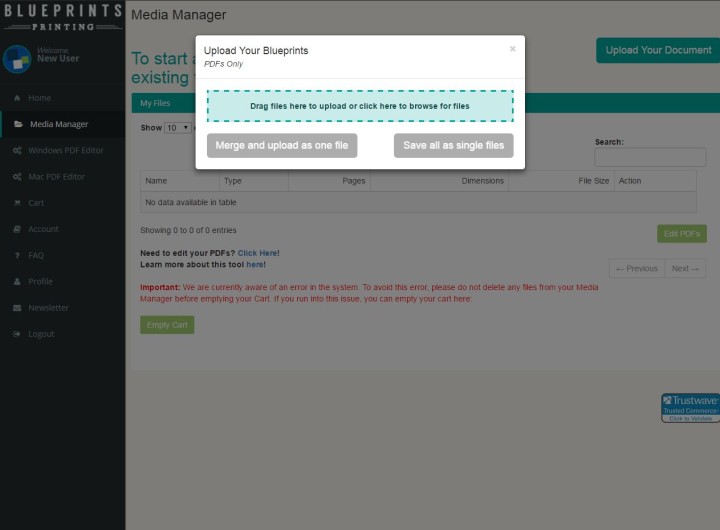
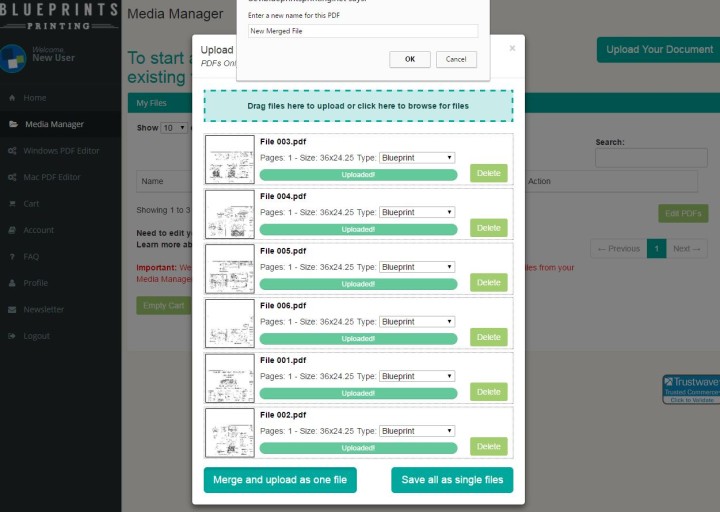
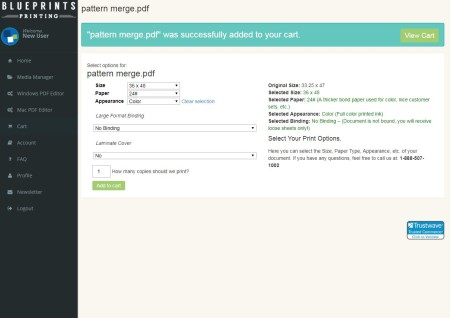
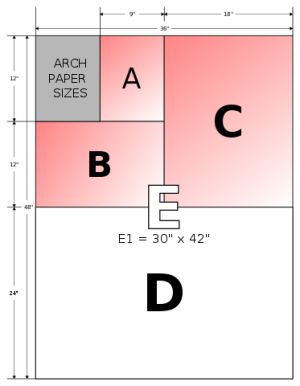
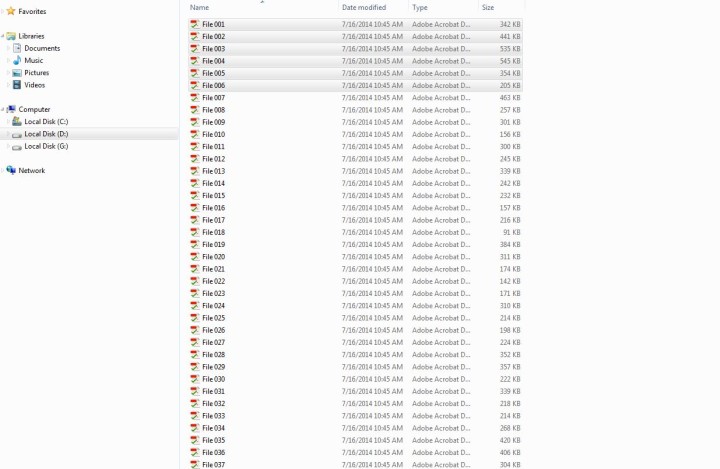
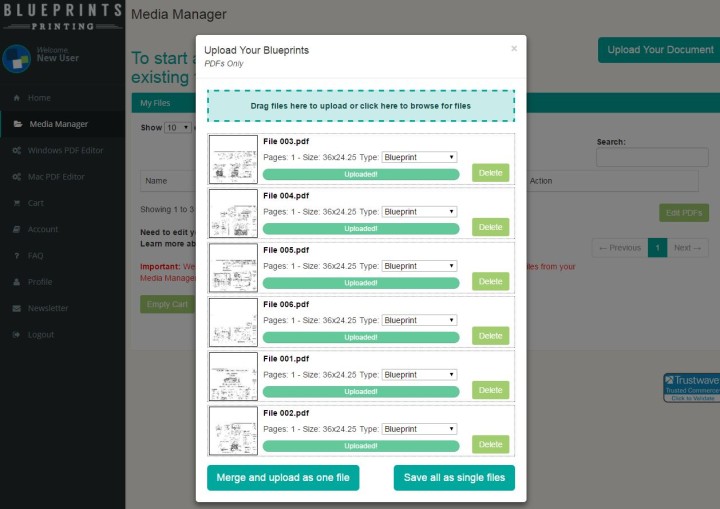
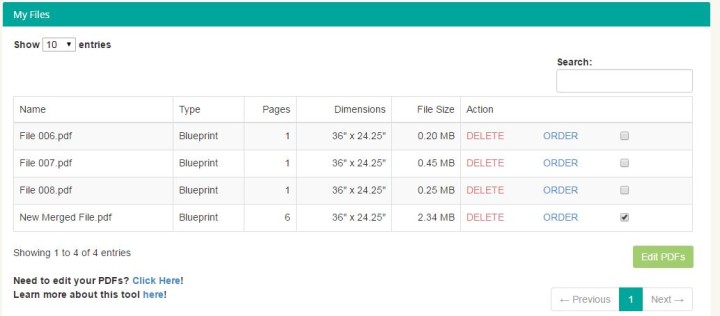
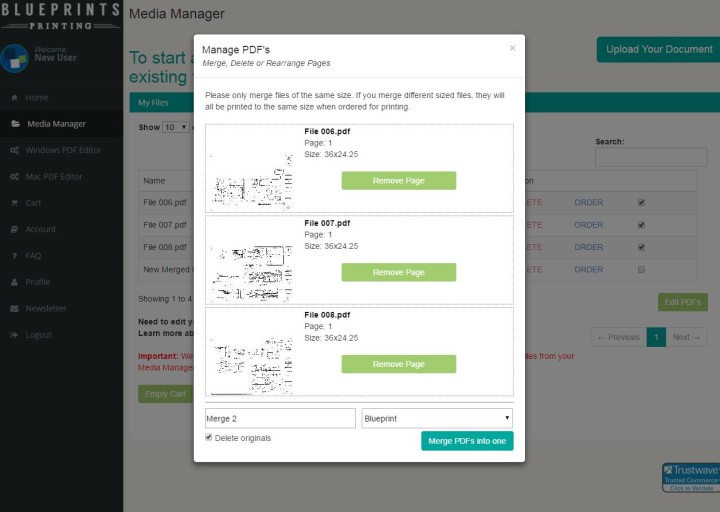
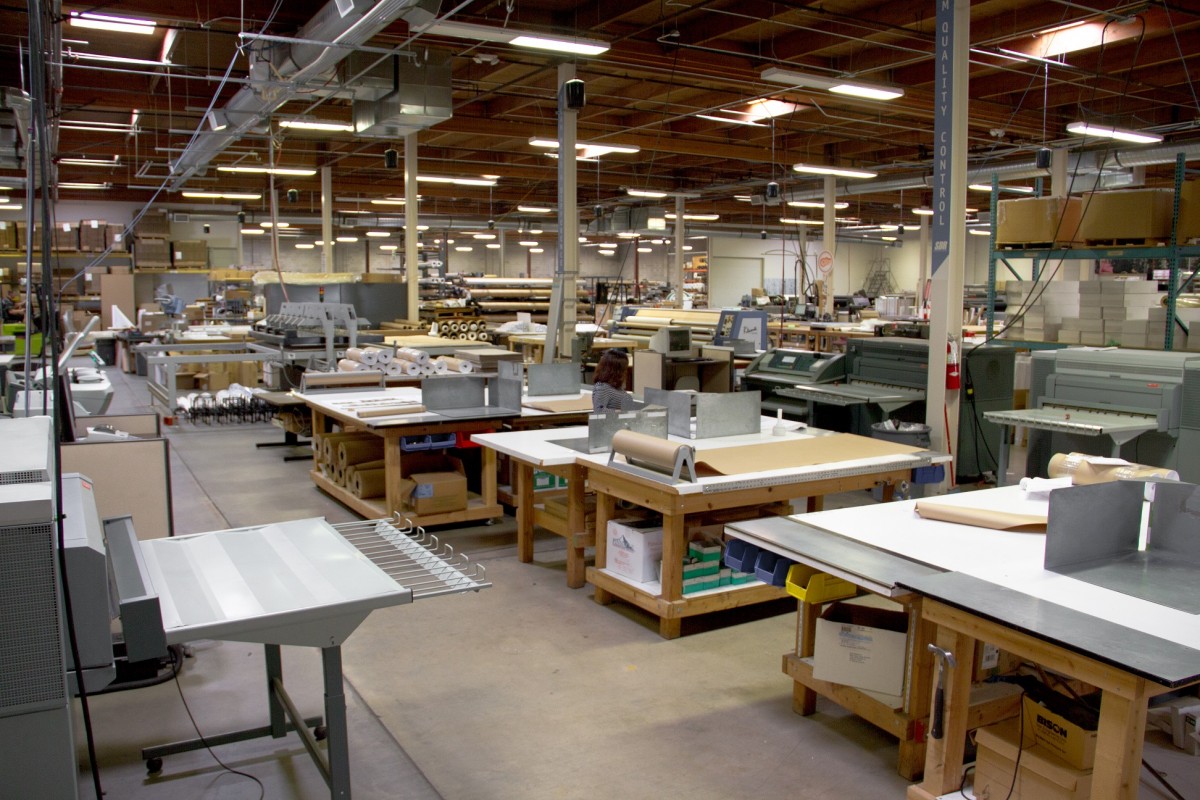
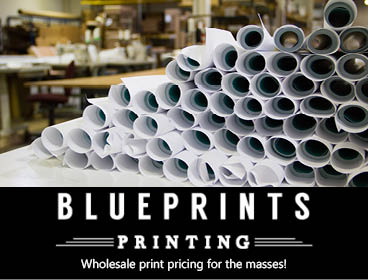
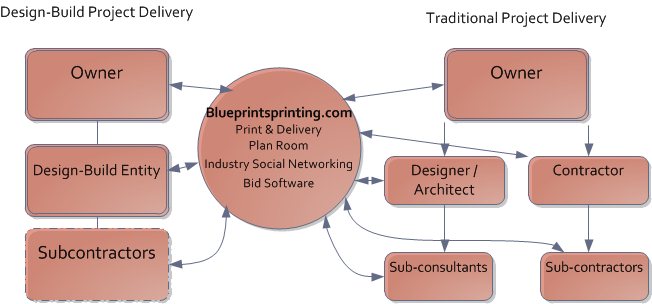
Recent Comments